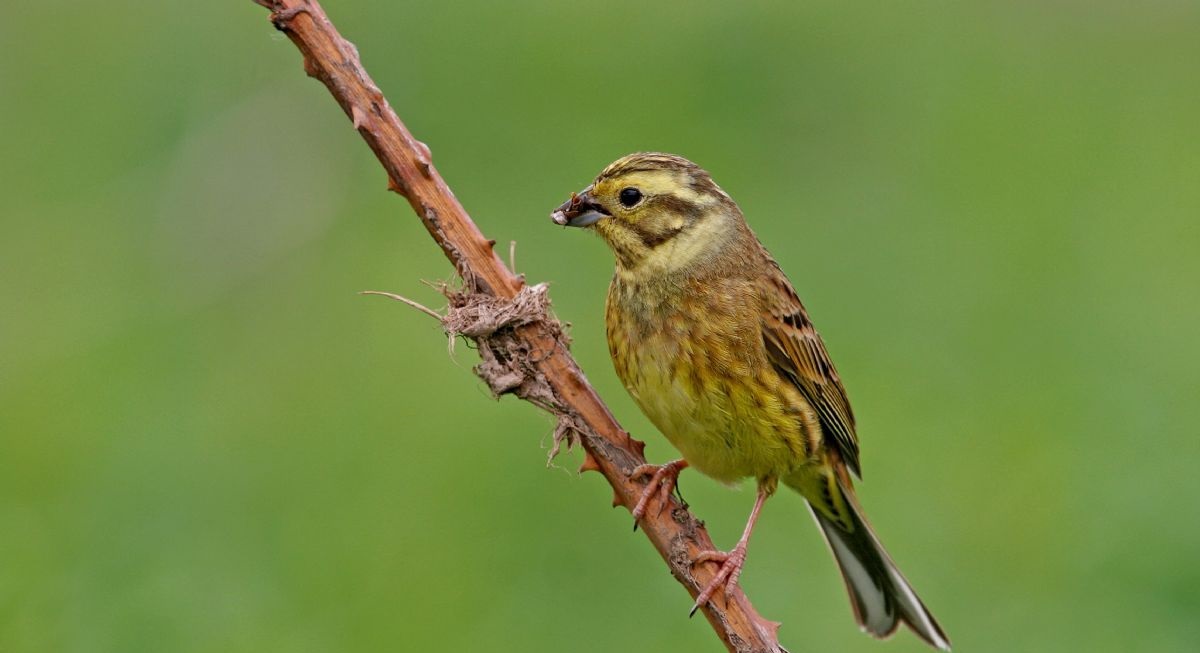
The Game and Wildlife Conservation Trust are asking farmers to spend 30 minutes on any one day between the 6th and 14th February recording the species and number of birds seen on one particular area of the farm.
Nearly 1,000 farmers, managing nearly one million acres of UK farmland, took part in the 2015 count.
This important initiative offers a simple means of recording the effect of any conservation schemes currently being initiated by farmers and gamekeepers on their land such as supplementary feeding or growing wild bird seed crops and game cover crops.
It is also a useful way of gaining personal insight on how well their birds are faring.
Jim Egan, Head of Development and Training at our Allerton Project explains why conducting the count is so important:
“Farmers and gamekeepers are vital in helping to ensure the future survival of many of our most cherished farmland bird species such as skylark, yellowhammer, corn buntings and wild grey partridges. They are responsible for managing the largest songbird habitat in this country on their land but frequently their efforts to reverse bird declines are largely unrecorded. We believe our Big Farmland Bird Count will help remedy this, particularly as our earlier pilot count showed such encouraging results. ”
“Over the last 21 years researchers at our Allerton Project farm in Leicestershire have gained a great understanding of the needs of farmland game and wildlife. Their work has demonstrated the combined benefits of habitat management, winter feeding for birds and targeted legal predator control in the breeding season. We have also come to understand the benefits that can be gained from long term monitoring of bird numbers in order to identify trends in wildlife populations.”
“We understand the crucial role that farmers and gamekeepers play in the survival of farmland birds and we want to give them an opportunity of showing what their conservation efforts deliver on the ground. It is also a satisfying way for people to discover the different range of birds that are on the farm and the results can be surprising. We hope it will spur people on to do even more work for their farmland birds in the future and will act as a catalyst for them to start building their own long standing wildlife records. ”
